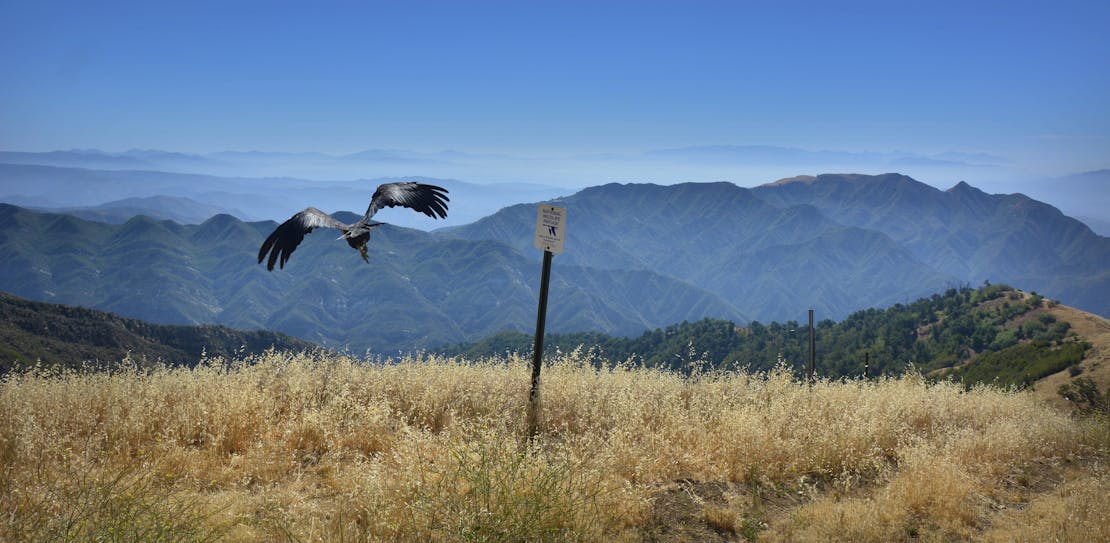Scientists are warning that saving nature and stabilizing the climate will require protecting at least 30 percent of the planet by 2030 (or “30x30”), en route to conserving half the Earth – a target that world renowned ecologist EO Wilson has said is absolutely necessary to safeguard the building blocks of our economy, including freshwater, clean air and ample food supply. If we don’t act quickly in the U.S., the problem will only get worse. A global 30x30 effort is under way from leading states, nations, scientists and conservation organizations to raise awareness of the threats facing our natural world and to inspire leaders around the world to take action. Conserving at least 30% of U.S. lands and oceans by 2030 is an ambitious but achievable goal.
On May 13, 2020, I testified at a public hearing in support of Assembly Bill 3030, a California state bill proposing the creation of a state 30x30 policy. This is an excerpt from my testimony.
Defenders strongly supports AB 3030 because it would improve protection of California’s unparalleled biodiversity with the creation of a 30 by 30 state policy. This bill comes at a critical time. Nature around the world is in a state of crisis, which threatens our planet and humanity. Approximately one million plant and animal species are threatened with extinction over the coming decades. As a globally significant biodiversity hotspot with an exceptional concentration of species found nowhere else on Earth, California has much to lose. At least 686 of our species are at risk of extinction and two-thirds of the state’s native plants will lose most of their range within the next century.
The current pandemic underscores that the protection of fragile, intact ecosystems is critical to public health. Diseases such as COVID-19 result from human-wildlife interactions and from human encroachment on wildlife habitat. There is a significant body of scientific research that shows protecting more open space and preserving biodiversity protects us by reducing the spread of these kinds of diseases, slowing the impacts of climate change and improving air and water quality.
AB 3030 builds on an important movement for global action. Scientists and international and national leaders are calling for a worldwide goal to protect at least 30 percent of the planet by 2030 and are working towards having 100 countries support the 30 by 30 goal by the time the UN meets at the Convention on Biological Diversity early next year.
California is already a leader in protecting biodiversity, with approximately twenty-two percent of its land area in protected status. But some of our most diverse areas, which provide ecosystem services like disease buffering, pollination, water filtration, and carbon sequestration critical to Californians, remain unprotected. We must set a goal of 30x30 – which we can achieve through existing means – to protect biodiversity and all that it provides us.
With AB 3030, California can continue to lead the way towards meeting this important conservation goal and set an example for the rest of the country and, indeed, the world.
For these reasons, I urge your “Aye” vote. Thank you.












Follow Defenders of Wildlife
facebook bluesky twitter instagram youtube tiktok threads linkedin